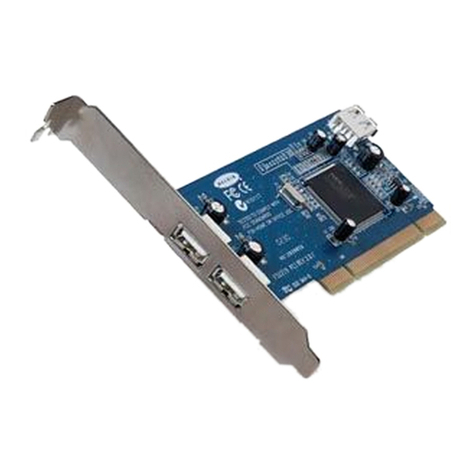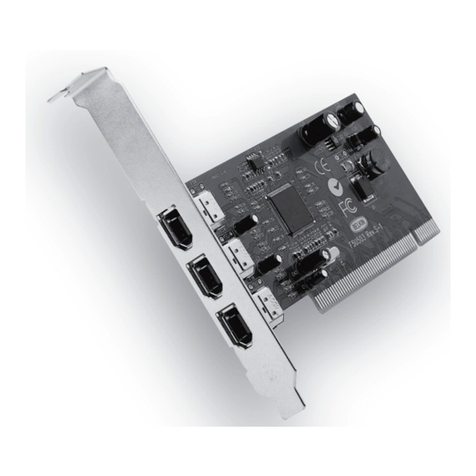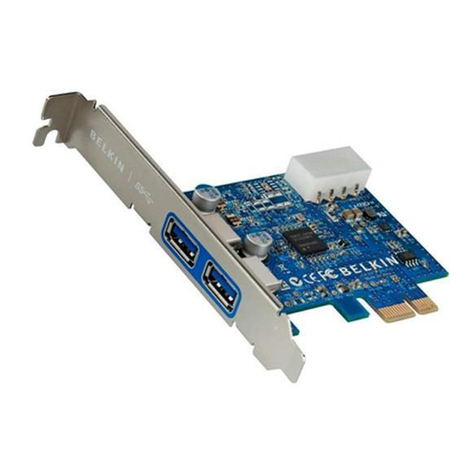Belkin F5D7001uk User manual
Other Belkin PCI Card manuals

Belkin
Belkin F5U503ea User manual
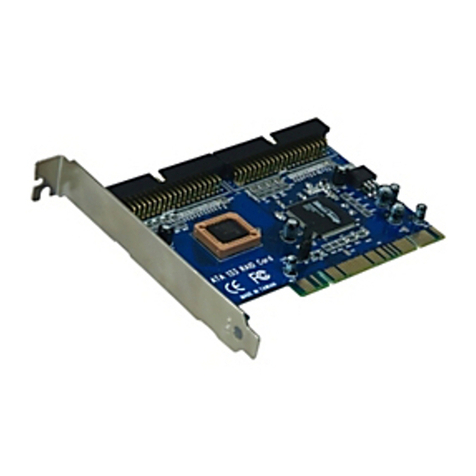
Belkin
Belkin F5U098 - Ultra ATA/133 PCI Card Storage... User manual
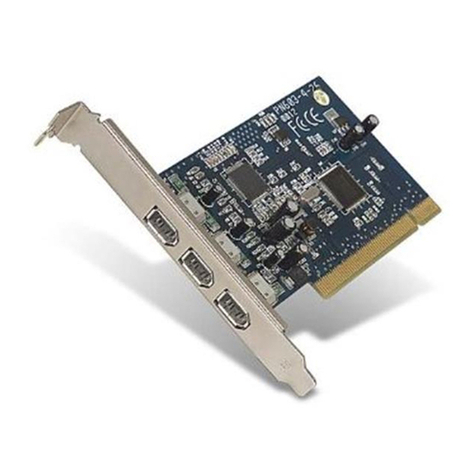
Belkin
Belkin FIREWIRE F5U503 User manual
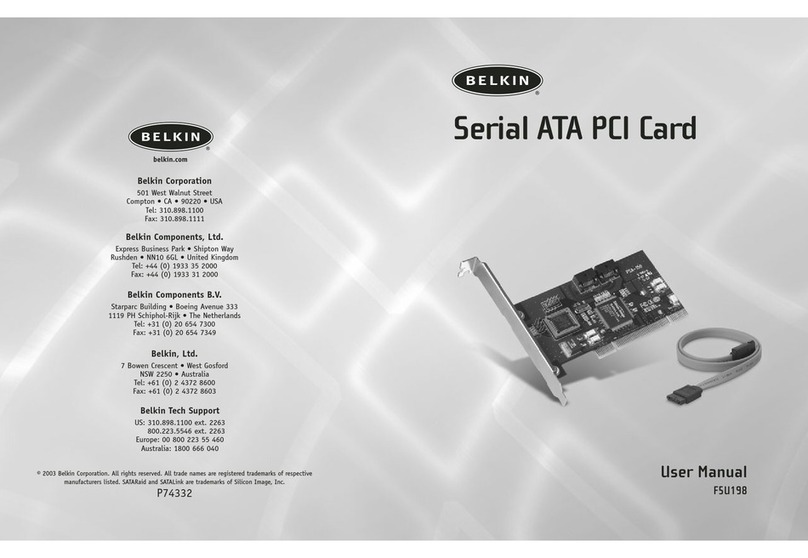
Belkin
Belkin F5U198 User manual
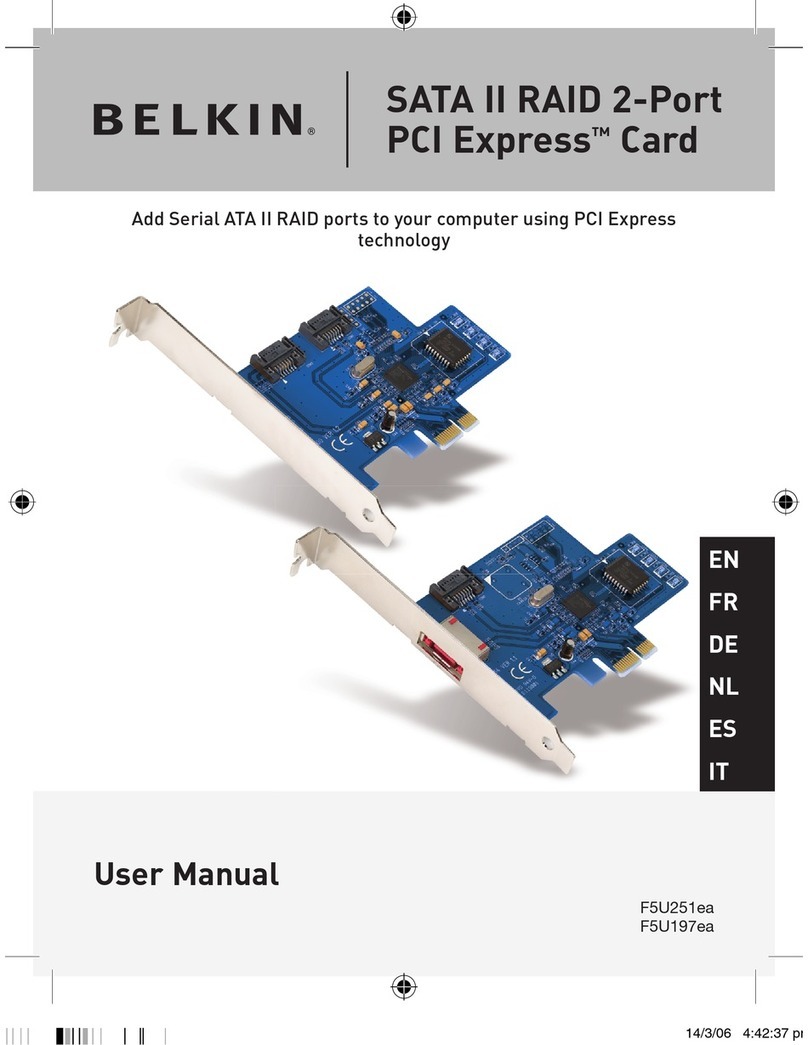
Belkin
Belkin F5U197ea User manual

Belkin
Belkin F5U508 User manual
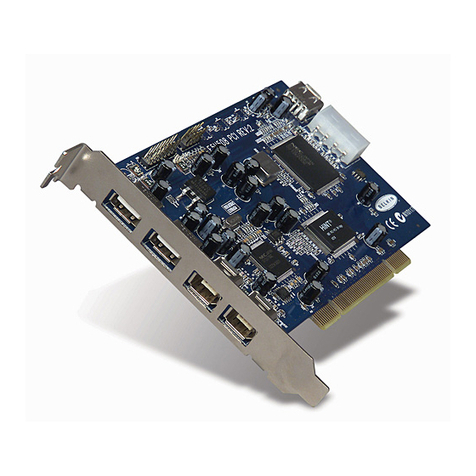
Belkin
Belkin F5U508 User manual

Belkin
Belkin F5U508 User manual
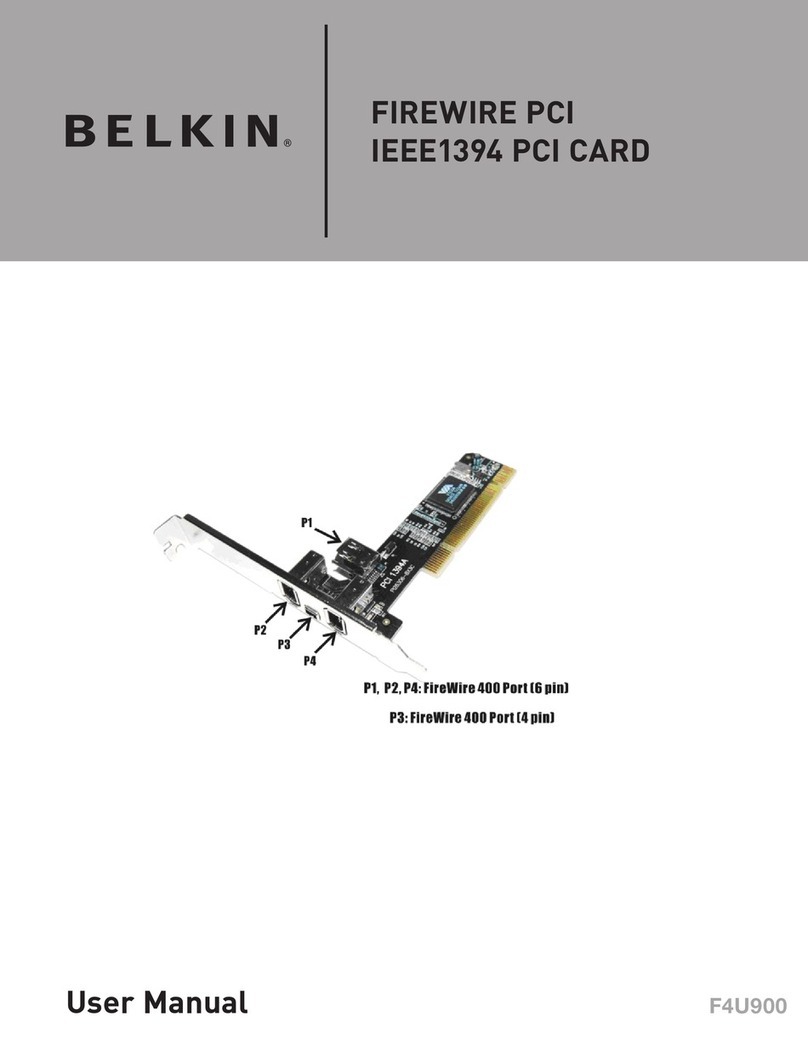
Belkin
Belkin F4U900 User manual
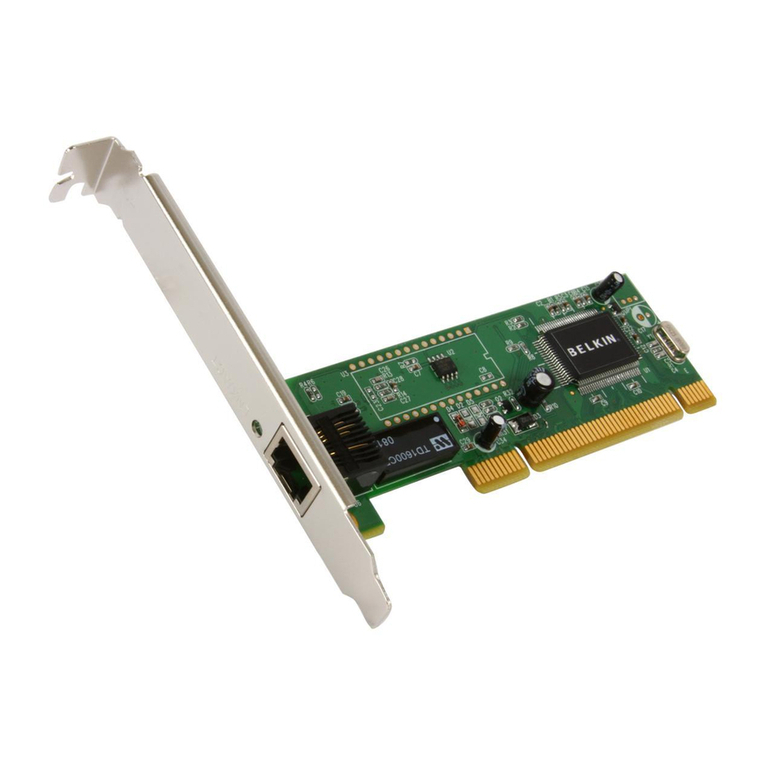
Belkin
Belkin F5D5000t User manual
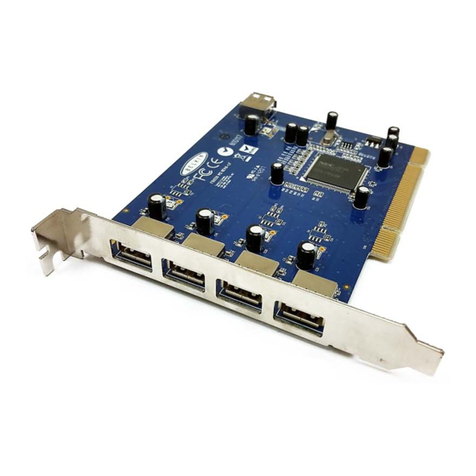
Belkin
Belkin F5U220 User manual

Belkin
Belkin USB BusPort F5U005 User manual
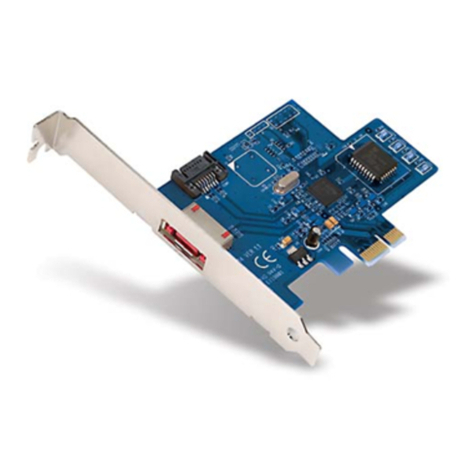
Belkin
Belkin F5U197ea User manual
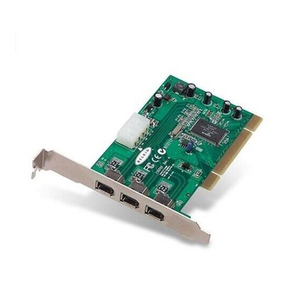
Belkin
Belkin FIREWIRE F5U502 User manual
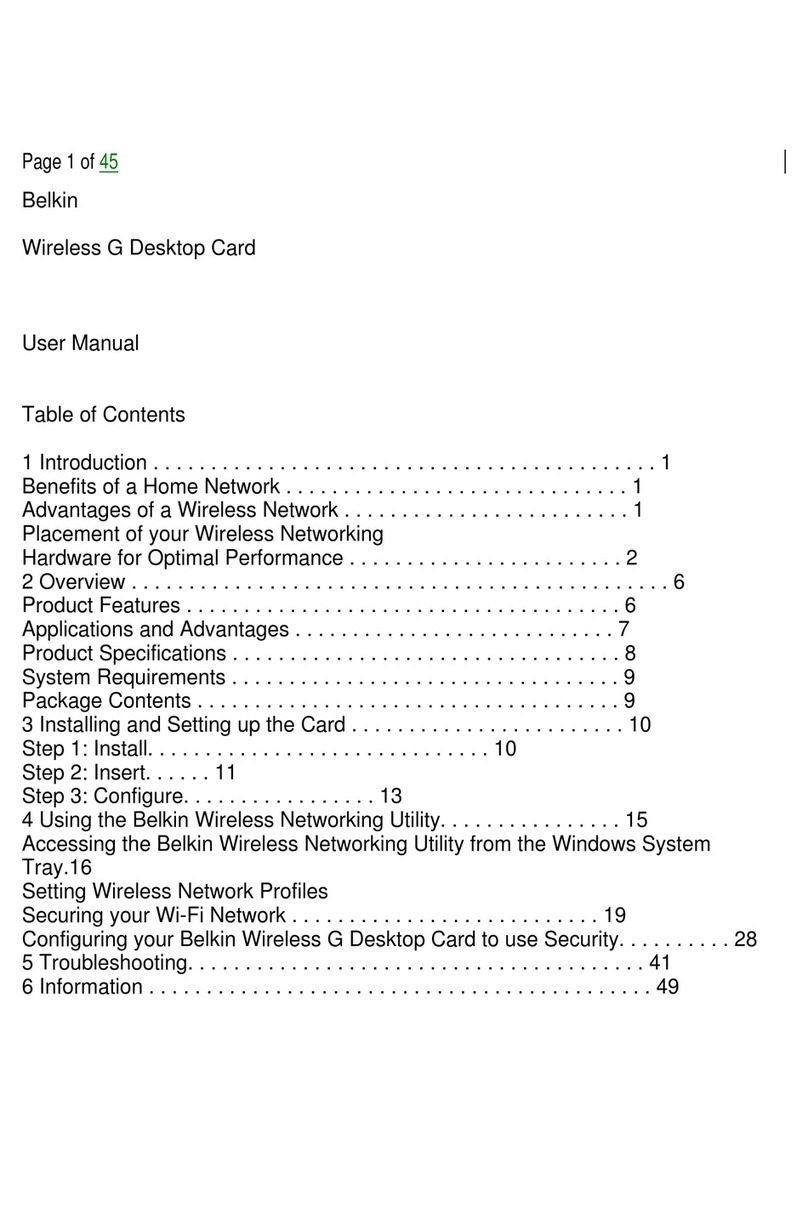
Belkin
Belkin F5D7000F User manual
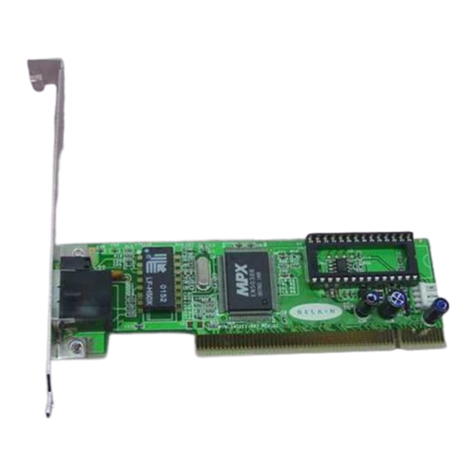
Belkin
Belkin F5D5000 User manual
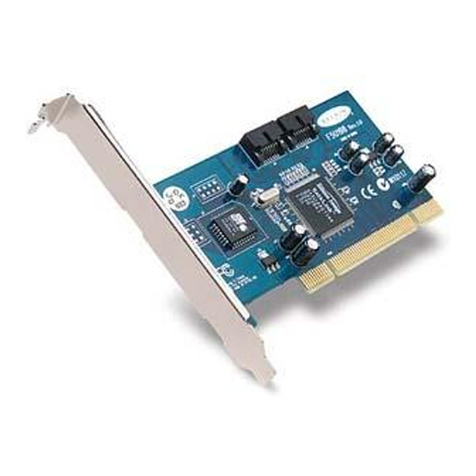
Belkin
Belkin F5U198V User manual

Belkin
Belkin F5U006-UNV User manual

Belkin
Belkin F5U220 User manual
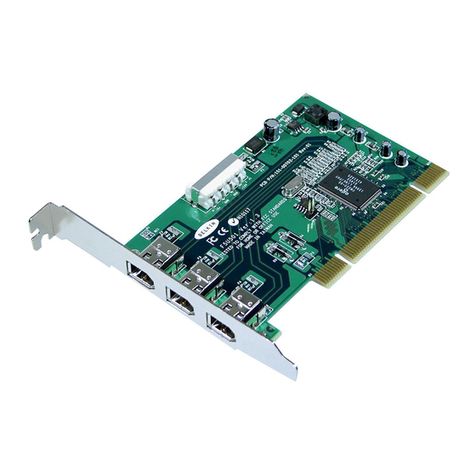
Belkin
Belkin F5U501-MAC User manual
Popular PCI Card manuals by other brands

ICP DAS USA
ICP DAS USA PCI-1002H user manual

Exsys
Exsys EX-60102 manual

Chelsio Communications
Chelsio Communications T5 Series Installation and user guide

Conrad Electronic
Conrad Electronic 97 46 71 operating instructions

Micro Innovations
Micro Innovations USB650A Quick installation guide

KTI Networks
KTI Networks KF-310 user guide
